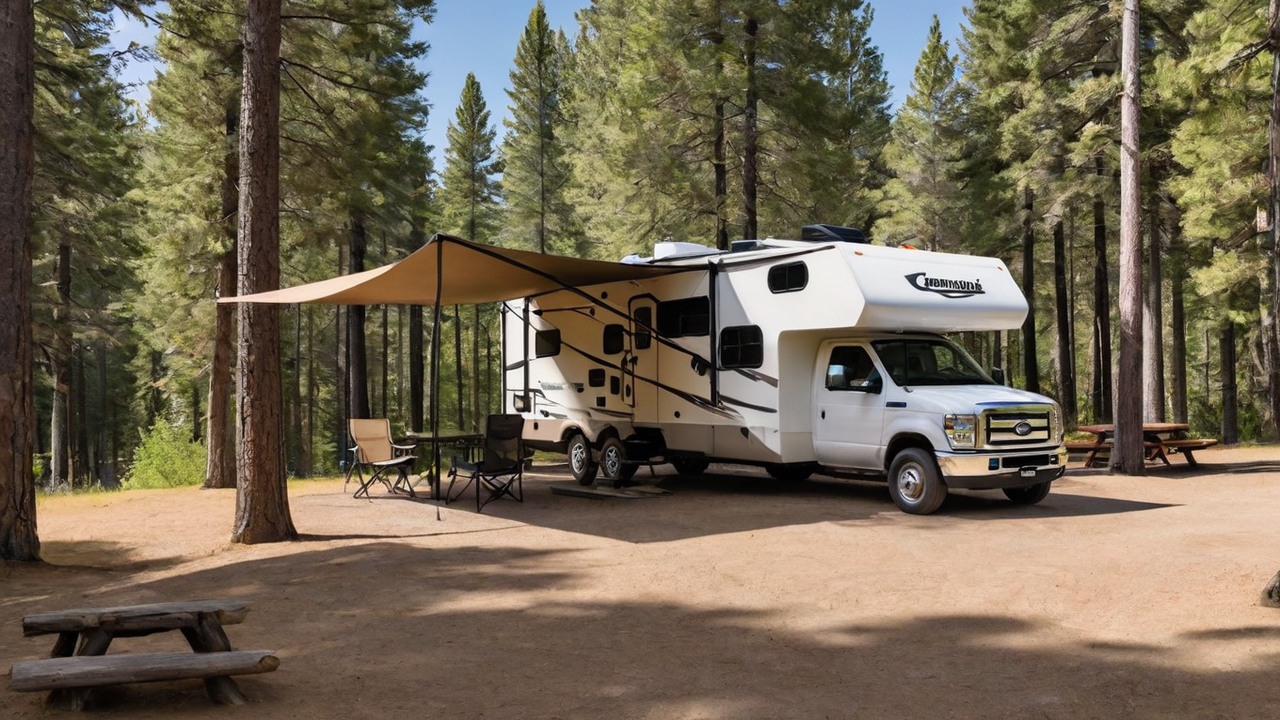Improving Site Choice with GIS Integration in Campsite Management Software
Improving Site Choice with GIS Integration in Campsite Management Software
Blog Article

Leveraging GIS for Improved Campsite Configurations
Integrating GIS into campground management software transforms the way campsites are designed and operated. By utilizing accurate geographical data, managers can enhance the layout for better accessibility and guest satisfaction. This combination enables for the creation of detailed site maps that include natural landscapes, maximizing the use of space while preserving the natural surroundings.
The ability to see and manipulate the campground configuration in real-time provides a significant benefit in planning and development. Precise GIS data assists in locating ideal spots for amenities, ensuring they are both reachable and ecologically sustainable. This method not only improves guest contentment but also contributes to a lower environmental footprint.
Streamlining Booking Systems with GIS
By introducing GIS into campground reservation systems, providers provide a more engaging booking experience for guests. Guests can choose their preferred sites based on real-time geographical information, including proximity to amenities and scenic views. This level of detail in site choice significantly enhances planning and satisfaction for campers.
Furthermore, this system cuts down the likelihood of overbooking and clashes between reservations. Accurate GIS data ensures that each site is accurately mapped, with clear demarcations, thus making a smoother reservation process. This effectiveness not only reduces time for campground managers but also enhances the overall customer experience.
Enhancing Safety and Emergency Response with GIS
Incorporating GIS into campground management software greatly enhances safety and emergency response. Detailed site maps allow for precise location of emergency services like fire stations, medical points, and evacuation routes. This availability to vital information can significantly accelerate reaction times in critical situations, potentially saving lives.
Moreover, GIS data can be used to identify areas susceptible to environmental hazards such as flooding or wildfires, enabling for the development of proactive safety measures. Through this approach, campground managers can implement precautionary measures and alert guests of potential risks, thus ensuring a safer camping environment for everyone.
Maximizing Resource Distribution With GIS
GIS technology enables campground operators to effectively allocate resources across the area. By analyzing geographical data, managers are able to determine the most optimal locations for facilities such as restrooms, picnic areas, and recreational areas. This ensures that all guests have convenient access to amenities, enhancing their total satisfaction.
Additionally, GIS can help in monitoring the usage of environmental assets, promoting sustainable management within the campground. Through precise mapping, campsites can prevent overuse of sensitive areas, aiding in conservation efforts and maintaining the natural appeal and integrity of the environment.
Increasing Guest Satisfaction with Interactive GIS Tools
Interactive GIS maps enhance visitor engagement by offering an immersive experience of the campground before they arrive. Guests can explore different sites, see photos, and read about nearby attractions directly through the site’s webpage. This pre-visit engagement begins the guest experience on a high note, increasing anticipation and satisfaction.
Moreover, these interactive features may act as a guide during the stay, providing up-to-date information on weather conditions, scheduled events, and available facilities. Such connectivity ensures that campers remain informed and can completely experience their outdoor experience.
Advancing Eco-friendly Conservation with GIS
GIS integration in campground management systems plays a crucial role in advancing eco-friendly sustainability. Precise mapping enables for thoughtful planning and conservation of environmental resources, reducing anthropogenic footprint on the landscape. This tools facilitate to monitor and manage ecosystems, water bodies, and plant life, ensuring their preservation for future generations.
Moreover, by utilizing environmental GIS data, campgrounds can identify areas ideal for solar panels installations or other eco-friendly projects. This approach not only boosts the campground’s environmental stewardship but also reduces operational costs, demonstrating a commitment to conserving the natural world.
Incorporating Local Insights into Campsite Development with GIS
GIS technology enable campground managers to incorporate community insights into campsite planning. By engaging with community members, operators can acquire a deeper understanding of the landscape and its historical significance. Such collaboration guarantees that campgrounds are planned with respect for local values and heritage, enriching the visitor experience.
Moreover, such integration assists in identifying distinct opportunities for campsite activities and offerings that showcase the local culture and landscape. Incorporating local insights into the planning process not only enhance the genuineness of the campground but also strengthens bonds with the local community, creating a beneficial impact for all involved.
Adjusting to Evolving Guest Expectations with Adaptive GIS Information
The landscape of outdoor recreation is always evolving, with guest expectations getting more complex. Using dynamic GIS data allows campground managers to quickly adjust to these shifts by updating amenities and services to meet current demands. This flexibility ensures that campgrounds remain attractive and relevant in a rapidly changing market.
Additionally, the capability to gather and interpret visitor feedback through GIS-based software means campsite operators can constantly refine their offerings. Tailoring the outdoor adventure to meet specific desires not only boosts visitor contentment but also promotes return visits, driving the success of the campground in the long term.
click to continue Report this page